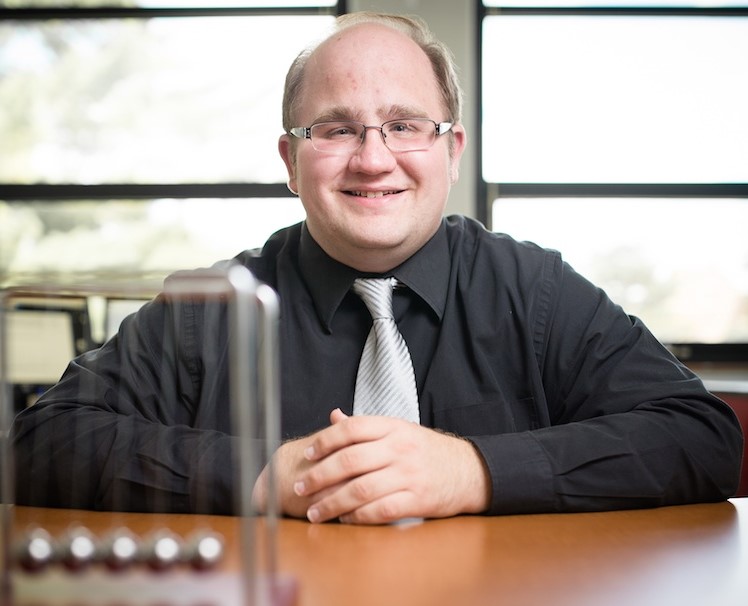For many students, learning remotely has many benefits, especially in the midst of the ongoing COVID-19 pandemic: it allows for less traveling, less risk of exposure, and more opportunities to wear sweatpants all day. But there is a significant downside as well: loneliness and feelings of isolation, especially from peers.
Bill Chopik (pictured left) and graduate student Jeewon Oh, social scientists in the Department of Psychology, have implemented a virtual classroom activity called the "fast friends" procedure to address this problem and researched the impact it had on students throughout the semester. Published in the Teaching of Psychology, Chopik and Oh's study found that among students in three undergraduate classes and a graduate course in which the activity was held, almost all felt that it was a positive experience that brought them closer to their classmates.
Developed in the late 1990s by researchers from Stony Brook University, the "fast friends" procedure goes beyond typical ice breakers and encourages people to get to know one another on a much deeper level. It is designed to foster safe spaces where self-disclosure, active listening, and healthy communication are encouraged.
While this procedure itself is not new, Chopik's study is the first to formally collect data on its effectiveness in a remote classroom setting. "While the procedure has seemed to 'work' between strangers in lab studies, we wanted to know if the procedure had the potential to increase student engagement, form bonds between classmates, and illustrate concepts that we’d be learning about in the class," explained Chopik.
"Turns out—it was amazing! Not only did students love it but they felt more positively about the class and it illustrated useful concepts about how relationships form."
To read the full story, visit socialscience.msu.edu
